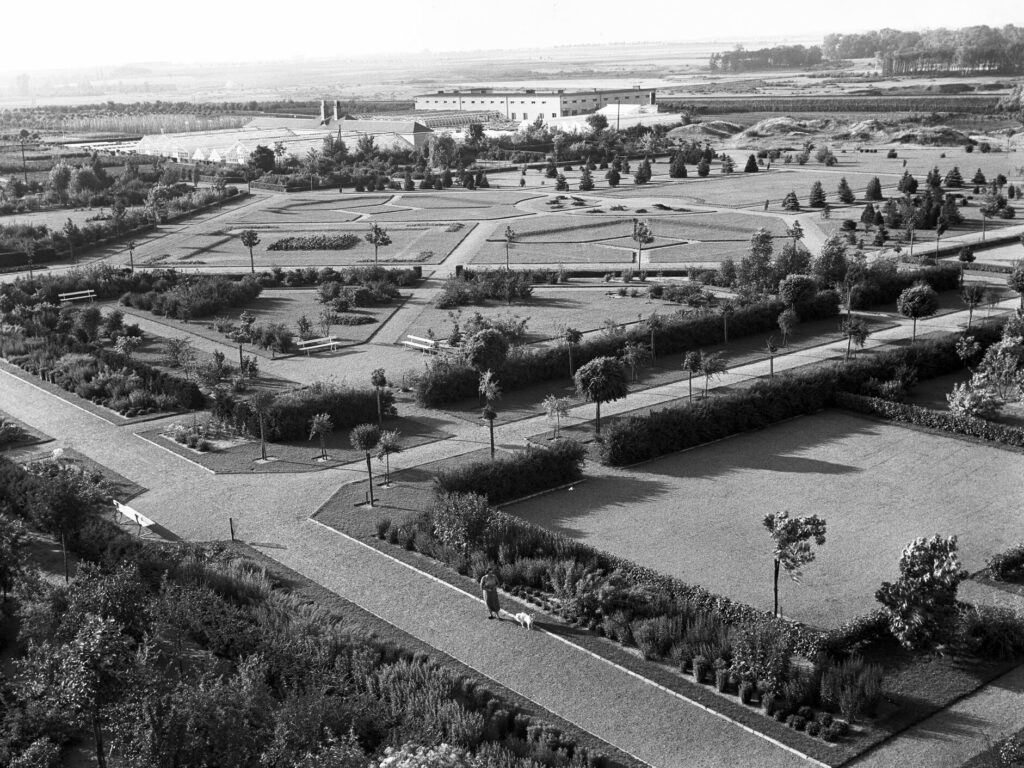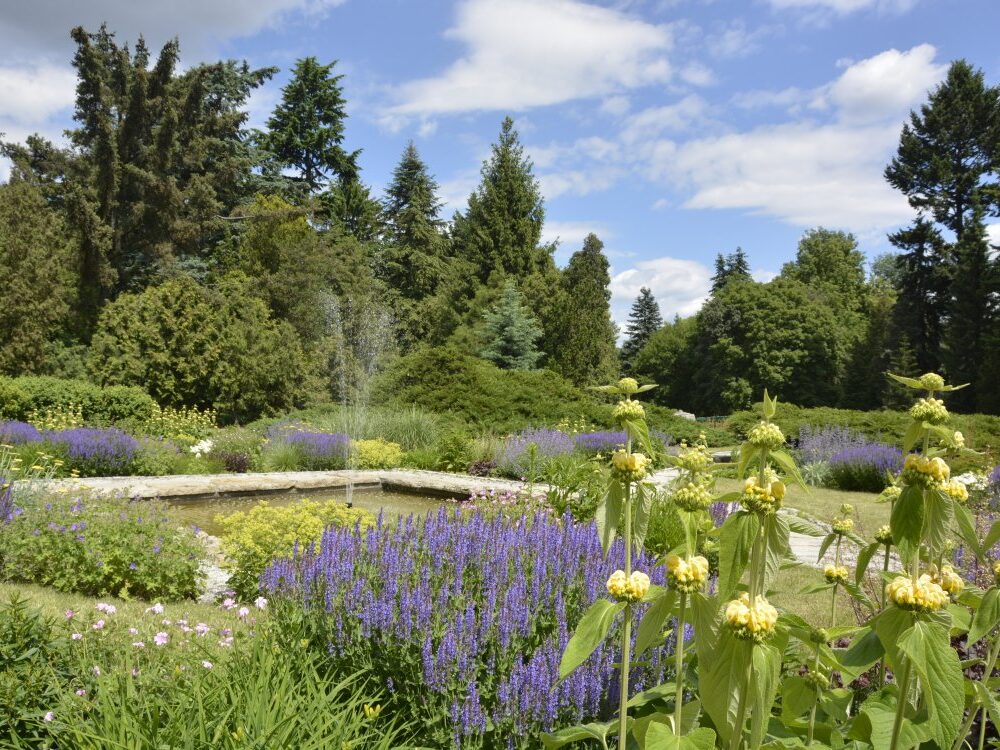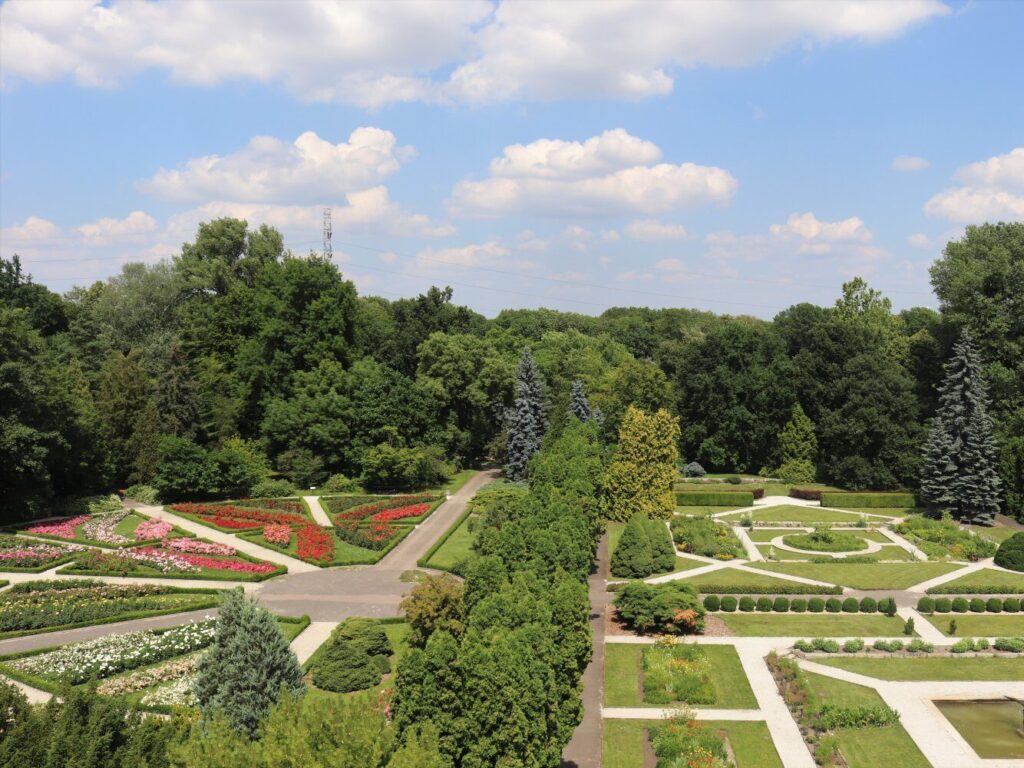History and activities
The Poznan Botanical Garden was created at the time of the rebirth of the Polish state for the needs of secondary and common schools. The direct initiators of the creation of the Botanical Garden (1922-1925), then called the School Botanical Garden, were Dr. Joachim Namysl, Wladyslaw Marciniec and Prof. Rudolf Boettner, who was its first director. The garden was administratively subordinate to the Magistrate and the Board of Trustees of the Poznan School District. Scientific supervision, on the other hand, was exercised at all times by professors of the University of Poznan.
On an area of about 2.5 hectares, an extensive Plant Systematics Department with a pool for aquatic plants, ecological departments were created, and a teaching hall was built. Since 1928, the Garden was managed by the State Horticultural School, whose director was M.Sc. Waclaw Zembal. In 1930 the Garden was enlarged by a further 9 hectares, on which, according to the design of Prof. Edward Straus, an extensive Department of Plant Geography and ornamental plant quarters were created.
The occupation period was a period of stagnation for the Garden, in terms of collection development. After the war, the Garden continued to be the responsibility of the P.S.O. In 1949, as a result of reorganization, the Garden was taken over by the University of Poznan. It became one of the departments of the Department of Systematics and Geography of Plants of the Faculty of Mathematics and Natural Sciences. With its rich collections, it provided an excellent base for teaching. During this time, new sections of the Garden were created, such as steppe, peat bog and dune. The Alpinarium was expanded and modernized, the construction of which, designed by Z. Hellwig, began as early as 1938.The first greenhouse, administrative building and scientific and didactic rooms were built. Plant collections were successively increased. Employees of the Garden taught classes, conducted student internships and directed master’s theses.
In the following years – the 1970s and 1990s – the area of the facility expanded, which enabled the development of ground collections, including the construction of the Department of Rare and Vanishing Plants. A naturalistic water reservoir was also formed where the Seganka watercourse flows. Currently, the Garden occupies an area of about 22 hectares, and the collected taxa are presented in 10 thematic sections.
The institution supports the development of science by providing a rich collection of plants for research purposes. The Garden conducts scientific grants in which employees participate, as well as initiatives related to the reintroduction of endangered plants.





